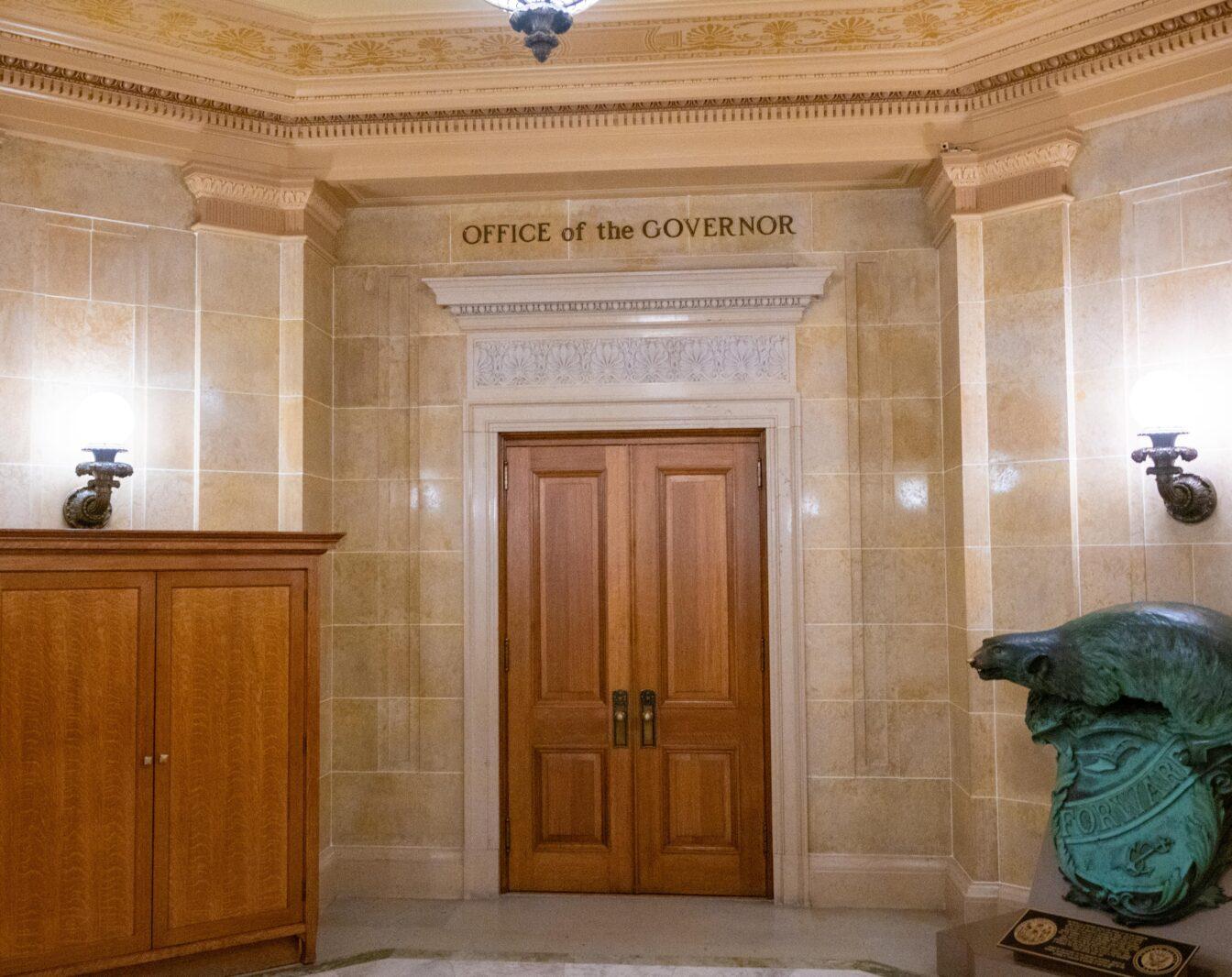Gov. Tony Evers signed in new legislative maps Tuesday, after being passed by the Republican-controlled legislature with bipartisan support last week, according to a press release.
“This is an important day — an historic day — for our state and for every person who calls Wisconsin home,” Evers said in an address at the Capitol. “Today is a day that, I believe, will define our state’s future.”
The Wisconsin Supreme Court ruled Dec. 22 that the previous maps were unconstitutional and needed to be redrawn before the 2024 election. Authority to draw and approve new maps was left up to the Wisconsin State Legislature.
In a previous interview with The Badger Herald, University of Wisconsin professor of political science Barry Burden said the old legislative maps benefited Republicans because of gerrymandering that spread Republican voters out more evenly than Democratic voters.
In a statement released Monday, Assembly Speaker Robin Vos (R-Rochester) said a Republican majority in the legislature will continue after fall elections.
“Today, Governor Evers signed the most Republican-leaning maps out of all the Democrat-gerrymandered maps being considered by the Wisconsin Supreme Court,” Vos said. “We sent him those maps, not because they are fair, but because the people of Wisconsin deserve certainty in state government.”
Dane County joins local governments across nation in call for ceasefire in Gaza
Democratic Legislative Campaign Committee President Heather Williams said in a statement Monday that the new maps significantly reduce partisan gerrymandering and give Democrats the opportunity to win seats in the fall.
Williams said work is still needed to ensure fair representation for all Wisconsin voters and that DLCC is committed to reclaiming majorities in both the Wisconsin Assembly and the Wisconsin Senate.
“Wisconsin is a top priority for the DLCC in 2024, and we’re already hard at work building the campaigns that will fuel our legislative gains this fall,” Williams said in the statement.
The new maps reduce Republican advantage by about 40%, improve partisan symmetry by about 50% and increase the number of competitive seats in both the Assembly and the Senate, according to Evers’ Jan. 12 filing to the Wisconsin Supreme Court.
The new maps will take effect immediately after publication and will be available for candidates running campaigns this spring, according to the governor’s address. Evers said he would ask the Wisconsin Supreme Court to confirm the maps’ use for any special elections before the fall.
“… these maps reflect the will of the people,” Evers said in the address. “Under these maps, the people will be able to elect Republican majorities or Democratic majorities or even a split Legislature if they want. But the most important part is Wisconsinites decide. That’s how elections should work.”
Editor’s Note: This article was updated to include statements from Assembly Speaker Robin Vos and Democratic Legislative Campaign Committee President Heather Williams.













